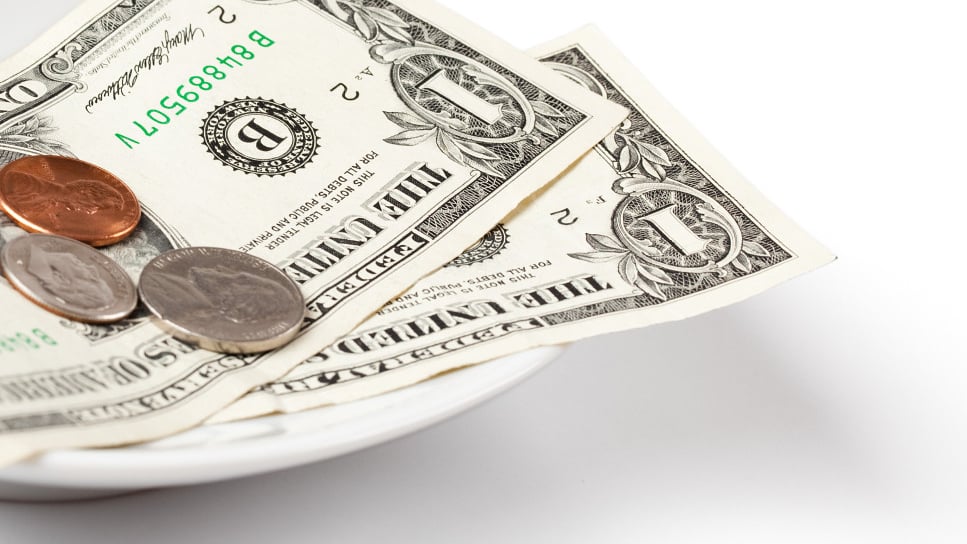To a certain extent, I think the practice of tipping has reached a point where it no longer makes any sense. My son and I stopped in local tavern the other day and order two bottles of a local brew. The bartender reached down and pulled two bottles from the chilled chests, popped the caps off all with one smooth motion and placed them in front of us. He asked “do you want glasses?” We said no and he walked down the bar, content that we may have a second or third bottle and was quite willing to run a tab. My son said “I have got this Dad along with the tip.”
I quizzically asked:
“Tip, we tip him for reaching down and serving us the beers we ordered?”
“Isn’t that what he is paid to do?”
“What did he do to earn a tip?”
My son said “Dad we have to tip him.” Now, don’t get me wrong, I am not cheap but I question the practice of tipping where there is no added service or added value. The bartender couldn’t collect from us if he never gave us the beer we ordered. There would have been no sale.
My local barber raised his prices January 1st and a haircut went from $18.00 to $19.00. I used to give the barber $20.00 and that took care of my haircut and a $2.00 tip. When I paid the other day and gave him the same $20.00, I got that kind of a “you are a cheap bastard” look. He raised his prices for the exact same hair cut that I had received the month before, nothing added of value, the exact same haircut. So I guess I am expected to pay the higher price and raise my tip at least by another $1.00 or more.
This makes no sense.
I realize that many servers earn a substantial amount of their weekly wage through tips. What kind of bothers me, however, is that the restaurant owner doesn’t pay him or her a decent wage. Rather, it is the expectation that restaurant customers will make up the difference. I don’t think this is fair to either the server or the customer. If the restaurant owner raised his prices to cover the cost of serving his customers, I could understand that. The food has to move from the kitchen to the table and the customer would be paying more but it is more understandable than asking the customer to pay for the food and then asking the customer to pay to have it served to him or her at their table.
The word “tip” originally meant “to insure promptness.” It surely does not mean that now. Some restaurants add a 20% gratuity for tables of eight of more people. Again, I have a hard time understanding the mandatory additional cost? The restaurant encourages customers to frequent their restaurant but when what they consider “too many” customers, apparently, eight or more customers, frequent the restaurant at one time and sit at one table, there has to be a mandatory added cost? I fail to see the difference between serving four couples two hamburgers at four tables versus serving eight customers one hamburger each at a larger table. Maybe I am just not into the modern dining experience?
I think the next crises in the tipping scenario will come when the cost of the “tip” rises to 25% or 30% or maybe even more. It just seems to me that the cost of tipping should be absorbed in the cost of the food, drinks, or service. The customer would still be paying the same cost and everyone would seem to get their fair share and eliminate placing the burden of an added cost of a meal or drink on the poor customer over and over again through a “tip.”





I am from England and since I came to this country 15 yrs ago I still battle daily with these same issues.
You are not expected to tip in UK even though most people will tip a small amount at a restaurant as a thank you. We don’t tip hair salons or any other service industry.
In the US, what starts off as $50 for dinner plus tax plus tip becomes about $65. I always feel ripped off!!